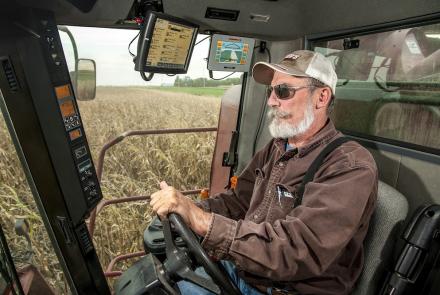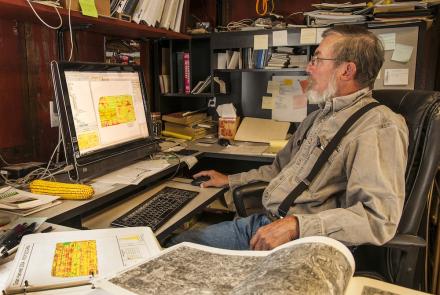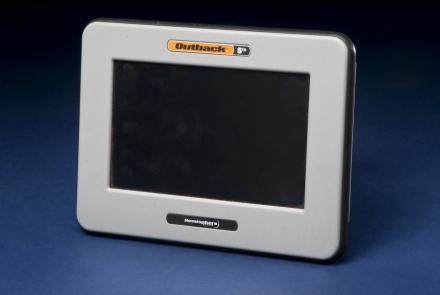Navigating Fields of Crops
"As field equipment has gotten larger, it's become nearly impossible to drive it accurately. We either skipped or lapped rows, both of which cost us money. Also, when you sit farther off the ground on big tractors, it's much more difficult to follow a planter mark accurately."
How do you use navigational tools?
"All of our tractors, and the combine and sprayer, are capable of hands-off steering. Using hands-off steering—letting GPS guide the vehicle—makes us more efficient, and sometimes it allows us to operate when we simply couldn’t otherwise."
What kinds of navigational challenges do you face?
"The challenges include darkness, dust, the width of the implement, the need for precision on wide equipment, and being able to return to the same place in the field for any number of reasons."
How has navigational technology changed your life?
"It makes us more efficient. We can work longer days with less fatigue. We manage better because we can better answer some of the "why" questions we see every year in farming."
Field to Table
"Agriculture and transportation are among the fields transformed by global navigation. Satellite navigation helps farmers maintain high crop yields, reduce costs, and lessen environmental impact. Goods from farms and factories can be guided to their destinations by ship, truck, railroad, or aircraft. Vehicle tracking provides near real-time data on shipments, all the way from farm or factory to individual homes."








